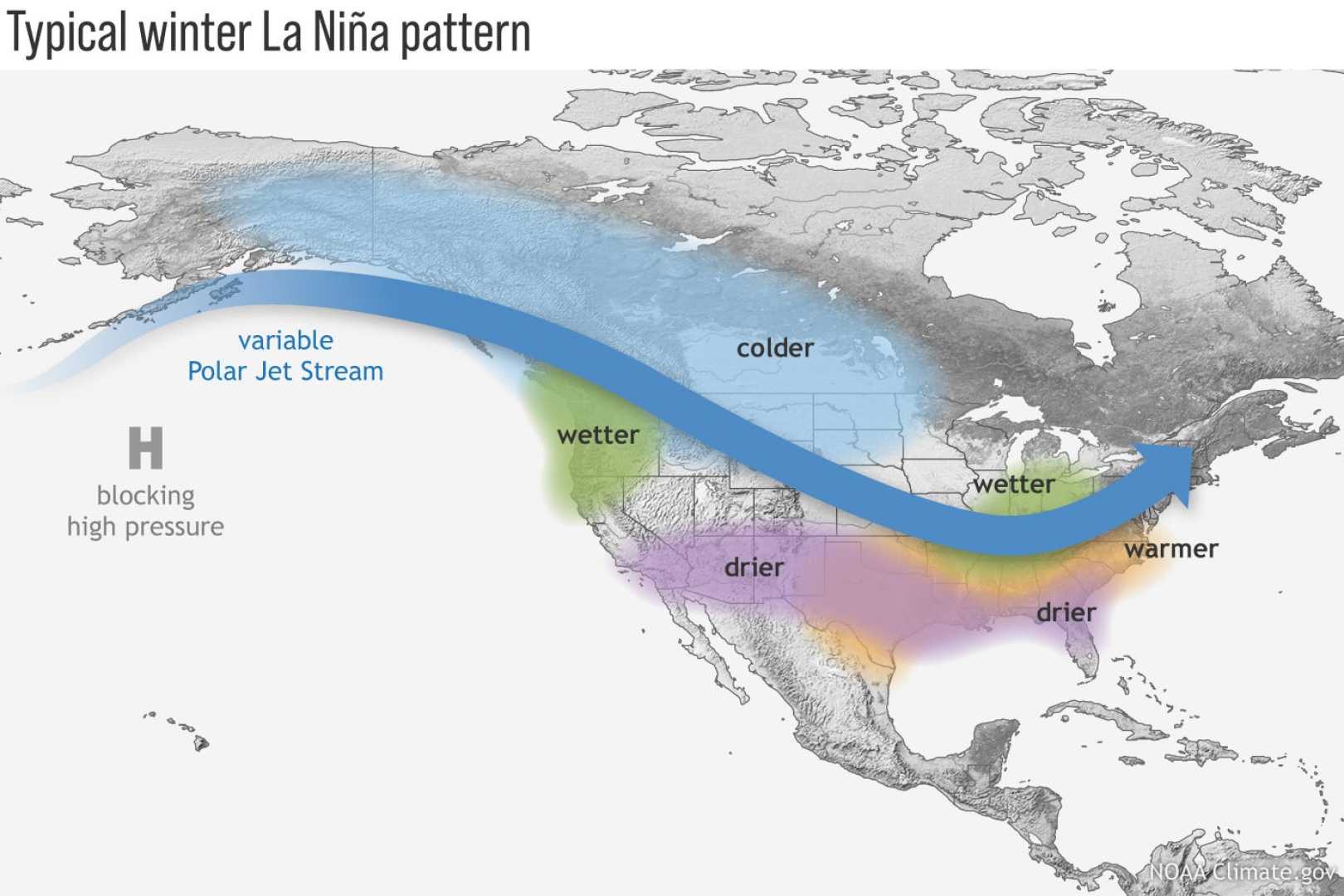News
La Niña Conditions Confirmed, Winter Weather to Be Affected Across U.S.

CHELSEA, NY — La Niña conditions have officially emerged in September 2025, as reported by the National Oceanic and Atmospheric Administration’s Climate Prediction Center. The below-average sea surface temperatures in the central and eastern Pacific are expected to influence weather across the United States into early next year.
La Niña typically peaks during winter, meaning its greatest impacts on weather — particularly precipitation — will be felt then. However, this year’s forecast suggests a weaker La Niña, which may lead to unpredictable weather patterns. Mike Halpert, deputy director of the Climate Prediction Center, cautioned that while conventional winter impacts may be less likely, predictable signals still exist that could inform forecasts.
The polar jet stream, a significant player in weather patterns, will be influenced by La Niña. This typically results in wetter conditions in the Pacific Northwest and the Ohio Valley, while the southern U.S. usually sees drier and warmer weather. Halpert noted, “In California and the Southwest, 90% of the rain falls in a short winter and spring season. If you miss that, you’re not going to make that up in the summertime.”
Last winter also saw a weak La Niña, but the effects somewhat aligned with historical patterns, bringing drier conditions to southern regions and wetter conditions to northern areas. Johnson, another Climate Prediction Center official, emphasized that if the pattern holds true this year, a dry season is expected for California and the South.
The Climate Prediction Center forecasts a 55% chance that La Niña will transition to ENSO-neutral between January and March 2026. ENSO-neutral indicates that neither La Niña nor its counterpart El Niño is in effect. Although it is early to predict the outcomes for later in the year, forecasters believe the potential for an El Niño forming is higher than a repeat La Niña.
As La Niña significantly influences the winter outlook, the official winter forecast will be released on October 16. In Mississippi, a higher probability of above-normal temperatures is anticipated from September through December, affecting precipitation patterns along the Gulf Coast.












